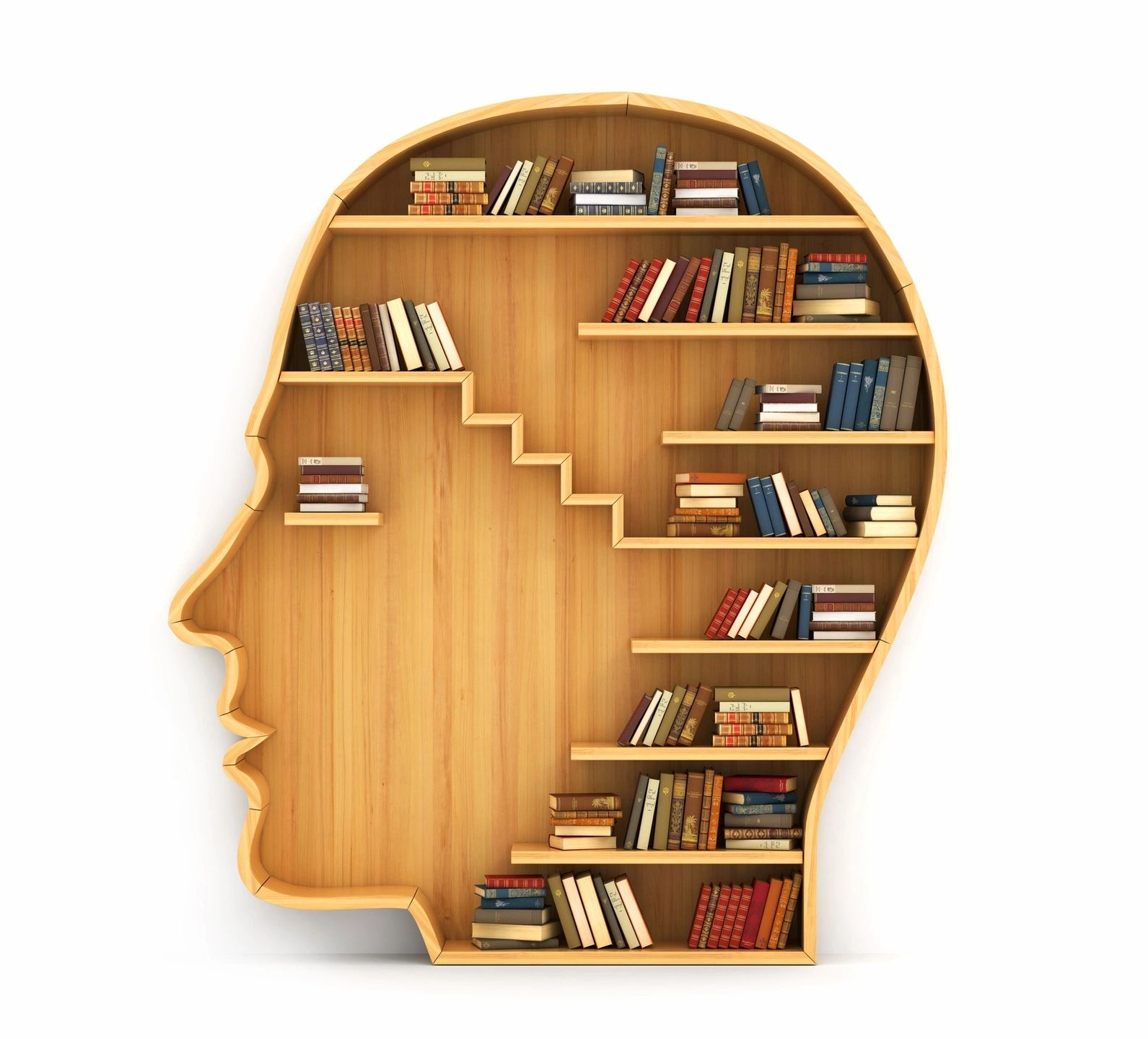Babies’ brains react to faces much earlier and more broadly than previously thought, as shown in a new brain imaging study of infants.
A new study challenges long-held beliefs about how social perception develops by discovering that babies’ brains react to faces much earlier and more broadly than previously thought.
How do babies’ brains understand faces?
When you look at someone’s face, you instantly know a lot about who they are, how they feel, and even whether they’re paying attention to you. Adults have brain regions specifically tuned to faces; scientists have studied these areas for decades. But what about babies?
Do infants need months, or even years, of practice looking at faces before their brains respond like ours? Or are they born with a brain region already prepared to notice and understand faces?
Brain researchers Rebecca Saxe (MIT) and Heather L. Kosakowski (Harvard) formed a study to ask that question and found something surprising: Even in the first months of life, babies’ brains already react to faces in several important ways. These responses don’t develop slowly or one at a time; they happen simultaneously and early.
The old idea: Face responses grow slowly, one step at a time
Until recently, scientists believed that different brain areas develop in a certain order. Visual parts in the back of the brain, like the fusiform face area (FFA), were thought to develop first, helping us simply see a face. Later regions farther forward in the brain, like the superior temporal sulcus (STS) and the medial prefrontal cortex (MPFC), were believed to develop gradually to handle social meaning and emotion.
This idea is called the posterior-to-anterior theory. According to it, babies might only react to the shape of faces early on, while deeper understanding, like recognizing a familiar person or feeling social connection, would take years to form.
RELATED: Facial Recognition: How Many Faces Do You Know?
Testing a new idea with infant brain imaging
Researchers Dr. Saxe and Dr. Kosakowski had a different idea. They wondered: What if all of these brain areas respond to faces at the same time, right from the beginning?
To find out, they used two brain imaging methods with awake babies (not asleep or sedated):
- fNIRS: Functional near-infrared spectroscopy, known as fNIRS, employs harmless light sensors placed on the infant’s head to assess blood flow in surface brain areas, including the medial prefrontal cortex (MPFC) and the superior temporal sulcus (STS).
- fMRI: Functional magnetic resonance imaging, referred to as fMRI, yields detailed, high-resolution images of brain activity, encompassing deeper regions such as the fusiform face area (FFA). While it poses more challenges with infants, the findings are more robust.
During the recording of brain activity, the infants viewed short clips featuring faces, bodies, toys, nature scenes, and colorful patterns.
Discoveries from researchers studying babies’ brains
The results were clear:
- Infants as young as two months exhibited activity in the fusiform face area (FFA), which plays a crucial role in recognizing facial identities.
- The superior temporal sulcus (STS) is a brain region that facilitates the tracking of movement and expressions, such as a person’s gaze direction or emotional state.
Initially, the STS responded to faces, and the response intensified as the faces moved. The medial prefrontal cortex was activated by the personal importance of the face, such as whether someone was smiling, making eye contact, or appearing as a familiar type, among other factors. Notably, even young infants showed a response. Furthermore, all three regions were activated simultaneously rather than sequentially. This might suggest that infants utilize the entire network of brain regions to interpret faces like adults.
What makes this study unique
Prior research struggled to detect infants’ facial responses, either by using sleeping subjects or because of the limited availability of imaging technologies that did not adequately reach deep brain areas.
In contrast, this study utilized improved methods and carefully documented the moments when the infants were alert, focused, and still during imaging. Furthermore, the research team examined over 60 infants, which gave them a substantial and reliable dataset.
They found that even the youngest babies, just two months old, had brain areas that showed a preference for faces compared to other objects.
The results indicate that infants are socially equipped from birth, rather than possessing a simplistic brain that gradually evolves to develop complex social abilities. Babies’ brains are already capable of intricately and meaningfully observing, identifying, and responding to human faces.
This implies that babies might form social connections and show interest in others much earlier than previously thought, recognizing not just faces, but also understanding their significance.
RELATED: Social Development and the Sense of Touch: Researching Connections
What we have yet to discover
While this research shows that certain areas of babies’ brains respond to faces quicker than others, several questions still exist:
- Are these brain regions already fulfilling their adult functions? Or do their responsibilities change as babies grow?
- How much does experience shape facial expression recognition? Is an infant’s brain wired to pay attention to faces from the beginning, or does it acquire this ability by observing their caregivers?
- Could insights into early facial responses help clarify autism and other social developmental disorders?
To understand how these brain reactions change and connect to later behaviors, future research must follow infants as they mature.
Conclusion
This research indicates that babies’ brains are inherently designed for social interaction and are not simply a blank slate. Similar to adults, infants engage multiple areas of their brain to identify and respond to faces beginning at just two months old.
Therefore, when a baby gazes at your face and beams a smile, you can rest assured: Their brain is actively functioning to recognize your identity and your significance in their life.
This study was published in the peer-reviewed journal Current Directions in Psychological Science.
Reference
Saxe, R., & Kosakowski, H. L. (2025). Origins of face responses in the human cortex: fNIRS and fMRI evidence from infants. Current Directions in Psychological Science, 0(0). https://doi.org/10.1177/09637214251327113

About the Author
Antarjot Kaur is a cognitive science undergraduate from India, passionate about healthcare policies, behavioral science, and neuroscience research focused on neurodegenerative memory disorders like Alzheimer’s, dementia, etc., and particularly involved in women’s health issues, education, and empowerment.




